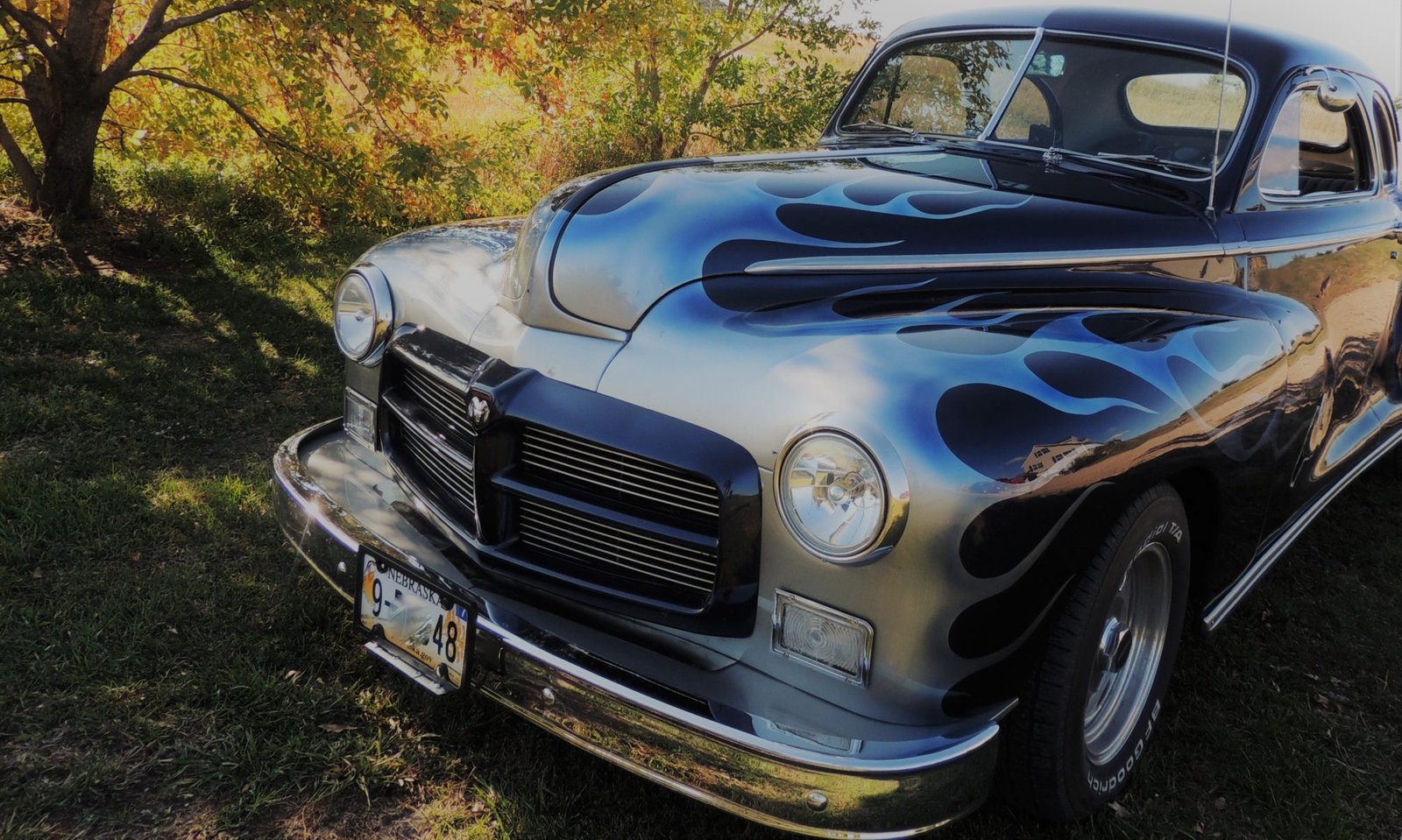The Dodge Brothers had been working almost exclusively for Henry Ford, but Ford’s goal was to begin making the various parts of his automobile himself. With the future of the relationship uncertain, the Dodge Brothers informed Ford in 1913 that they would only produce his parts for another year. Then they went to work planning the design, manufacture and marketing of their own automobile.
The Dodge Brothers had an excellent reputation. In his book The Dodge Brothers: The Men, the Motor Cars and the Legacy, author Charles K Hyde quotes the Michigan Manufacturer and Financial Record as saying, “The Dodge brothers are the two best mechanics in Michigan . . . when the Dodge Bros. new car comes out, there is no question it will be the best thing on the market for the money.” The Buffalo Times said, “There seems to be a strong undercurrent of feeling that any motor car manufactured by Dodge Brothers should promise something very unusual. Dodge Brothers have one of the best equipped automobile factories in the world, having been engaged on a large scale in the manufacture of motor car parts since the earliest days of the industry.”
This reputation generated great excitement about their new endeavor among both industry insiders and members of the general public. Many had speculated that the Dodge Brothers would be competing directly with Henry Ford and his Model T in the low-priced field, but others had pointed out that hurting Ford would also be hurting themselves as stockholders in Ford’s company. Clarification was provided in November of 1914 when the Dodge Brothers General Sales Manager stated, “In place of building the best car possible at a low price, Dodge Brothers determined to build the best car they knew how to build, and then place a moderate price on it.”
Dealers across the country were clamoring to be among those selling the new Dodge. At the auto show at the 1914 Michigan State Fair, the Dodge Brothers were the only manufacturer that did not exhibit a car, yet their reception room was the busiest spot in the building. During this show alone, 254 dealers filed applications for the sales rights to the new Dodge. There were many more, according to this ad appearing in October of 1914:

When the first Dodge cars reached the showrooms, huge crowds turned up to see the much-awaited and much-speculated-on new car. In Detroit, over 6,000 people made the first-day trek to the showroom. On a rainy day in New York, over 5,000 came to the Colt-Stratton dealership where they offered prizes for the first three sales, and these three prizes were award by 10 o’clock in the morning. Similar crowds appeared across the country in cities like Omaha and Chicago, and people were not disappointed by what they saw:


Built to compete against automobiles like the Buick, Overland and Studebaker, the Dodge was well-made and classy. It was built using Vanadium steel and had a wheel base of 110 inches. It featured a full floating rear axle, self-lubricating springs, and electric lighting and starting devices. Inside, it had a speedometer, oil and pressure gauges, hand pump for the pressure feed gasoline system and carburetor air adjustment. Under the hood was a 4-cylinder 35 hp engine. By the time this ad appeared in February of 1916, the Dodge Brothers had already sold $35,000,000 worth of their cars and were rank fourth in production in the United States:

The Dodge Brothers owned their company and did not issue stock. They were likely relying on the large dividends from the Ford stock to help finance their new automobile, so when Henry Ford announced that there would be no more large dividends and that all funds would be used for expansion, a fight was probably inevitable.
To be continued . . . .

